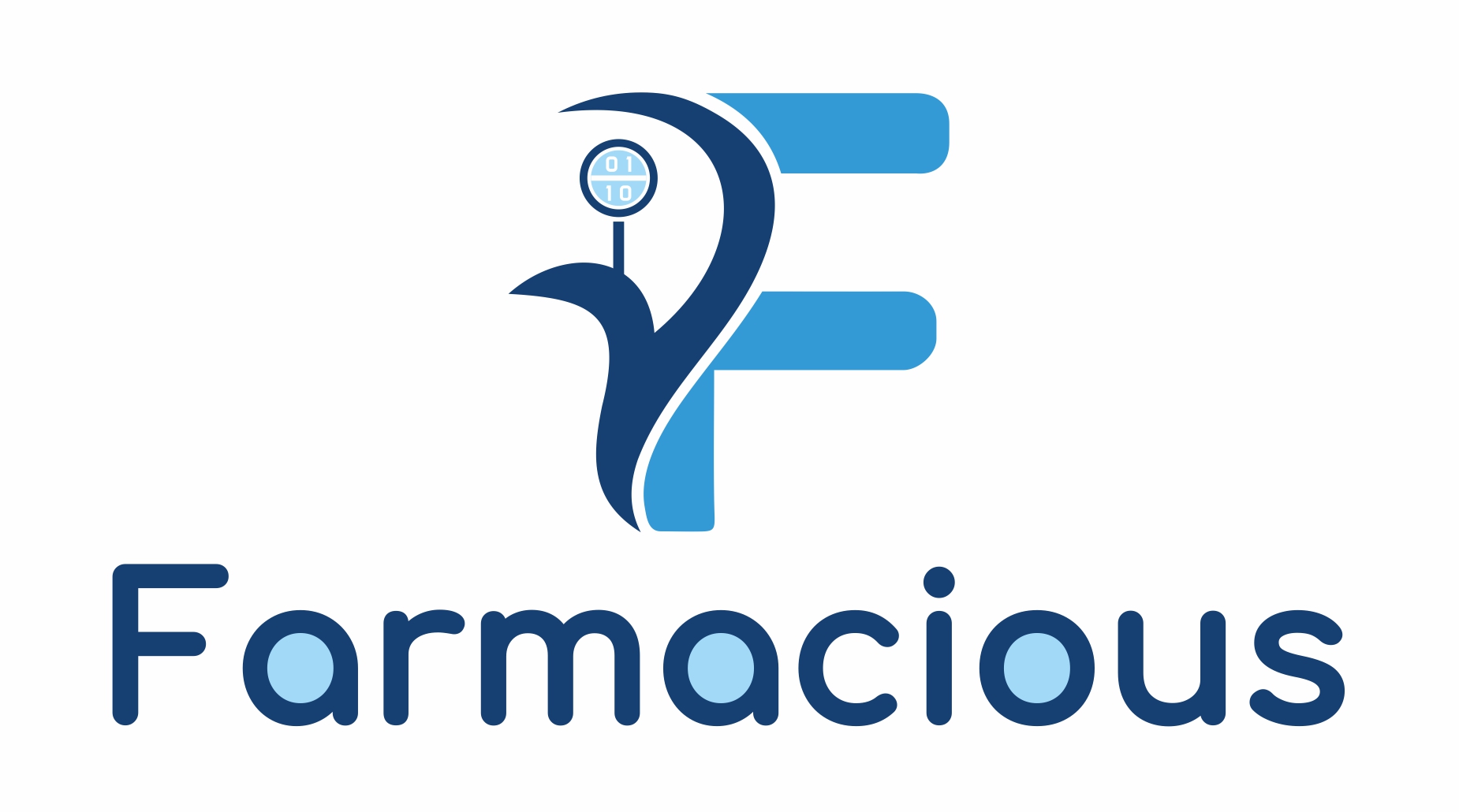In the pharmaceutical and life sciences industry, GxP compliance serves as the foundation for ensuring product quality, patient safety, and data integrity. “GxP” refers to the collection of regulations and quality guidelines that apply to Good Manufacturing Practices (GMP), Good Clinical Practices (GCP), Good Laboratory Practices (GLP), and other related areas. However, achieving and maintaining GxP compliance becomes significantly more complex when pharmaceutical companies operate across multiple global markets.
From the United States to the European Union, from Australia to Africa, different regions have unique regulatory expectations, cultural norms, and technological landscapes. For companies looking to expand their operations globally or manage multinational operations, understanding these nuances is critical.
Farmacious, a specialized consultancy with over 22 years of experience and 300+ global projects completed, has helped organizations navigate these complexities with confidence. This blog explores the key challenges of global GxP compliance and outlines best practices for building a sustainable and harmonized compliance strategy.
Key Challenges in Global GxP Compliance
1. Regulatory Variability
Each country or region has its own regulatory authority with distinct expectations. For example:
- The U.S. FDA emphasizes 21 CFR Part 11 for electronic records.
- The EU EMA enforces EU Annex 11.
- Australia’s TGA and South Africa’s SAHPRA have their own compliance frameworks.
Navigating overlapping and sometimes conflicting regulations can be daunting for compliance teams.
2. Cultural and Language Barriers
Compliance is not just about following rules—it’s about communication, training, and teamwork. When operating globally, language differences and cultural expectations can hinder the effective rollout of policies and standard operating procedures (SOPs).
3. Technology Disparities
While developed markets may use advanced digital systems for quality management, data collection, and reporting, some emerging markets may still rely on manual or semi-digital processes. Ensuring consistent compliance across varying levels of digital maturity is a major challenge.
4. Vendor and Supply Chain Oversight
Many global pharmaceutical companies rely on third-party vendors for manufacturing, testing, logistics, and IT services. Ensuring that all vendors meet GxP standards—regardless of their location—requires robust qualification, monitoring, and audit processes.
5. Data Integrity and Cybersecurity
In a globalized digital environment, protecting data from unauthorized access, tampering, and loss is a growing concern. Different regions may have different laws on data protection (like GDPR in Europe), adding another layer of compliance complexity.
Best Practices for GxP Compliance Across Global Markets
1. Develop a Harmonized Global Quality Management System (QMS)
Standardize your core quality processes while allowing flexibility for local regulatory requirements. A harmonized QMS should include:
- Unified SOP templates
- Standard validation procedures
- Centralized training programs
- Document control systems
This ensures consistency in compliance efforts across geographies.
2. Appoint Regional Compliance Leads
While corporate HQ can drive global strategy, having regional or local compliance officers helps bridge the gap between global policies and local practices. These leads can interpret local regulations, translate SOPs, and ensure culturally appropriate training.
3. Conduct Regular Global and Local Audits
Establish an audit calendar that includes both internal and third-party audits in each operational region. Audits help ensure:
- Continuous improvement
- Identification of local risks
- Verification of vendor compliance
Utilize a risk-based approach to prioritize high-impact regions and systems.
4. Invest in Scalable and Compliant Technology
Choose enterprise systems (like QMS, LIMS, EDMS, etc.) that are scalable and support multi-region use. Ensure systems comply with global standards such as:
- FDA 21 CFR Part 11
- EU Annex 11
- ALCOA+ principles for data integrity
These systems should also support multi-language and multi-currency functionality if needed.
5. Implement Centralized Training Programs
GxP compliance depends heavily on staff awareness and training. Develop a centralized Learning Management System (LMS) that includes region-specific modules. Training should be:
- Role-based
- Regularly updated
- Tracked for audit readiness
Encourage knowledge-sharing between teams in different regions to build a culture of global compliance.
6. Establish Strong Vendor Qualification Processes
Develop and document procedures to qualify, monitor, and audit vendors worldwide. Include:
- Vendor risk assessments
- Quality agreements
- Periodic performance reviews
Ensure vendors understand your GxP requirements and are committed to maintaining compliance.
7. Leverage Expert Consultants
Global compliance is complex. Working with consultants like Farmacious—who have in-depth experience across continents—can help tailor your approach, reduce risks, and accelerate your compliance journey.
Conclusion
GxP compliance across global markets is a multifaceted challenge that requires a strategic, flexible, and risk-based approach. From understanding regulatory differences to managing technology and cultural gaps, companies must proactively build a compliance infrastructure that is both robust and adaptable.
By implementing best practices such as harmonized QMS, regional compliance leadership, scalable technologies, and strong vendor oversight, organizations can not only meet global GxP requirements but also build operational excellence and trust with regulatory authorities.
At Farmacious, we combine global expertise with local insights to help pharmaceutical and life sciences companies achieve consistent, audit-ready compliance. Reach out to us today to learn how we can support your global GxP compliance initiatives.




